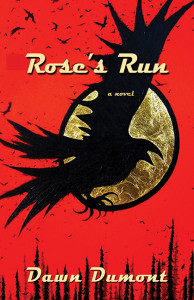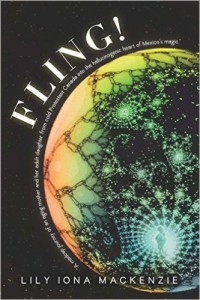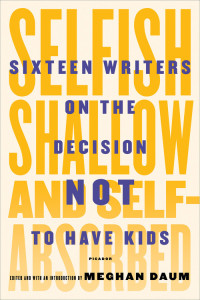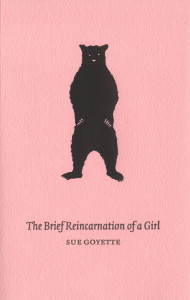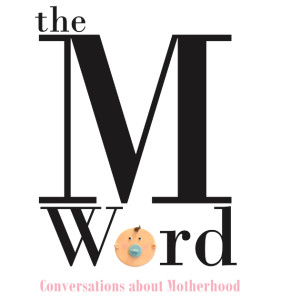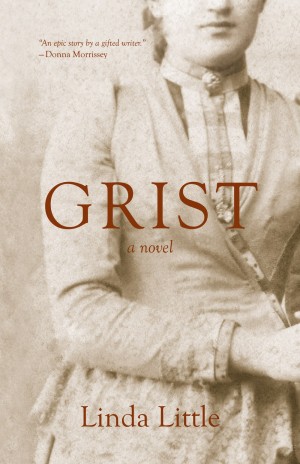The Write Crowd: Literary Citizenship and the Writing Life by Lori A. May (Bloomsbury 2015) is not your average writing guide. It does not explore point of view or plot structures. It does not advise on how to pitch to agents or approach publishers. But it just may keep you writing. It may make the difference between saying, “I write” and “I am a writer.”
The Write Crowd advocates finding, creating and nurturing literary community through small “acts of literary kindness.” May begins the book by telling of her move from small-town Ontario to Detroit. She knew few people in the city but ventured out one night to a poetry reading in support of local authors. There she met other writers, publishers and like-minded poets. She made contacts that allowed her to launch a literary journal. She wasn’t “networking” but engaging. She was offering support and, as it happened, she also received it.
Literary citizenship can take many forms and May provides dozens of ideas from a simple “thank-you” note for author to reading for literary magazines. “The concept is to pay kindness and skill forward, to offer something to the community so that others may learn, engage, and grow from combined efforts.”
Literary citizenship is “contributing something to the literary world outside one’s own immediate need.”
The Write Crowd is both practical and inspirational. It is about connecting with others, about recognizing and celebrating the fact that we need each other.
Lori A. May spoke with Understorey Magazine about the book, literary citizenship and her latest projects.
Understorey Magazine: Writing your book was itself an “act of literary kindness” in that it inspires others to engage. What prompted you to write it?
Lori A. May: I had been impressed with so many wonderful acts of literary kindness around me—seeing emerging writers take the stage at reading series, witnessing grad student volunteers becoming employees of independent presses, watching grassroots groups become registered nonprofit organizations—that I began to document some of the ways we can foster and strengthen literary community. I wanted to share ideas big and small for how we play a role in the community and in passing on goodwill to the next generation of readers and writers. After speaking on the topic for a number of years and publishing a few articles, I imagined there was an audience for a book-length discussion.
UMag: You note in the book that literary citizenship has a long history (Walt Whitman was one advocate). Do you think the concept has changed significantly in recent times, especially with all the self-promotion authors are now expected to do?
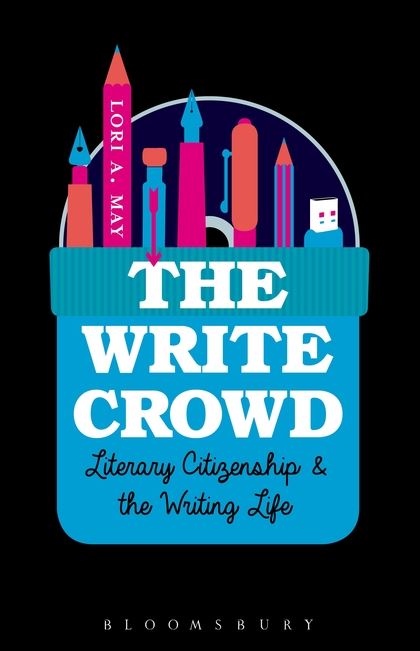 LM: I don’t consider self-promotion a part of literary citizenship. That’s marketing—and it’s certainly necessary for authors to do, perhaps more now than ever. Literary citizenship is when peers and readers share enthusiasm for new books, for authors’ efforts and for events taking place in the community. Acts of literary citizenship are not something a writer can count on as part of a greater marketing plan. But when readers and peers make an extra effort to help authors, it’s a welcome bonus. And when authors devote some of their time to championing others and injecting enthusiasm into the community around them? Well, those same authors are likely to benefit from community support.
LM: I don’t consider self-promotion a part of literary citizenship. That’s marketing—and it’s certainly necessary for authors to do, perhaps more now than ever. Literary citizenship is when peers and readers share enthusiasm for new books, for authors’ efforts and for events taking place in the community. Acts of literary citizenship are not something a writer can count on as part of a greater marketing plan. But when readers and peers make an extra effort to help authors, it’s a welcome bonus. And when authors devote some of their time to championing others and injecting enthusiasm into the community around them? Well, those same authors are likely to benefit from community support.
UMag: Do you think the literary community and opportunities for engagement are significantly different in Canada versus the US or in big cities versus small towns?
LM: Opportunities are perhaps proportionate to population, but I don’t think there is less opportunity in Canada. There are wonderful book publishers, booksellers, literary festivals and organizations throughout the country and thus plenty of opportunity for literary citizens to get involved. In the book, I highlight a few stand-outs, like Brick Books, Canadian Creative Writers and Writing Programs and Canadian Women in Literary Arts, but there are countless others, such as provincial writers’ guilds and federations and many local literary festivals. The point I hope to make in The Write Crowd is that wherever you live, whatever resources you have to share with others, there is opportunity. If you live in a rural area, that’s all the more reason to find like-minded readers and writers to assemble a reading series. If you live in a small town with access to a library, there’s opportunity to mentor young writers or host community writing workshops. Plus, with the Internet, there’s little excuse to not get involved. Many literary journals rely on volunteer readers for submissions or marketing assistance, and many times these opportunities can be done at a distance. Whatever I learned about literary citizenship, I first learned as a young Canadian writer and I think opportunities are only increasing in Canada.
UMag: Time is a precious resource for most writers—and especially for women, who still take on a disproportionate amount of housework and childcare. Squeezing in thirty minutes of writing before work may be all that is manageable. Yet, as you point out, engagement is vital. What is one small act of literary kindness that a time-stretched emerging writer might perform?
LM: Cheer on a fellow writer. Make a quarterly appointment in your calendar to give encouragement—via mail or email or phone or in person—to another writer and champion whatever he or she is doing, remind one another why you’re writing and celebrate even the smallest of accomplishments. That may not seem like a major act of engagement but writers can so often feel isolated and frustrated with the process that these little boosts of encouragement can do wonders. You never know when someone is having a bad run and feeling down on her work. A pick-me-up phone call or note that says, “Your work matters, keep it up!” can be just the boost someone needs.
UMag: What are you working on now?
LM: I’m tinkering with some new poems, but I’m mostly focused on a new narrative nonfiction project. It’s slow going, in a way that it should be, but I like sinking my teeth into a larger project like that. I also reward myself with the instant gratification of freelance writing, so I’m seeing results for efforts along the way. I’ve had a busy year with travel and presenting at a number of conferences and festivals and being that immersed in the community always makes me feel good. I love the thrill of hearing others’ successes and sharing that magic. Most often when I come home from presenting, I have an extra bit of spunk in my step that motivates me to keep doing what I’m doing. That’s why I think community is so important. We’re all in this together.
UMag: What books or magazines are on your to-read list?
LM: I just received the latest Best Canadian Essays from Tightrope Books, so I’m enjoying the myriad voices in that collection. It’s wonderful. I’m also enjoying my subscriptions to Room Magazine, The Missouri Review and The Colorado Review. Literary journals are an amazing way to discover new voices and support independent publishing too.
Lori A. May is a Canadian author, poet and teacher. Her second collection of poetry, Square Feet, was published by Accents Publishing in 2014. She has also written the The Low-Residency MFA Handbook: A Guide for Prospective Creative Writing Students (Bloomsbury, 2011), two crime novels and short pieces published in leading literary journals. Lori grew up in Ontario and while she currently lives in the US, she keeps many Canadian literary connections, including a teaching post in the creative nonfiction writing program at the University of King’s College-Halifax and a position on the board of the Canadian Creative Writers and Writing Programs.

